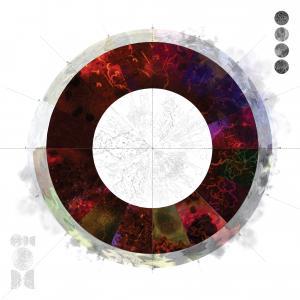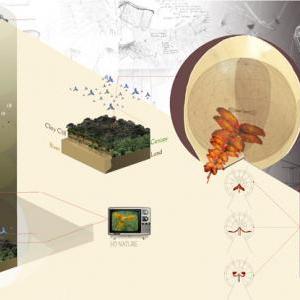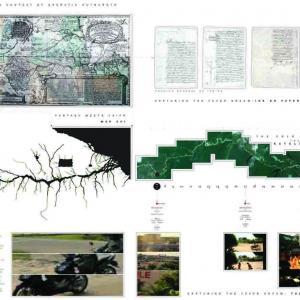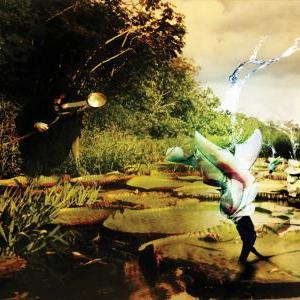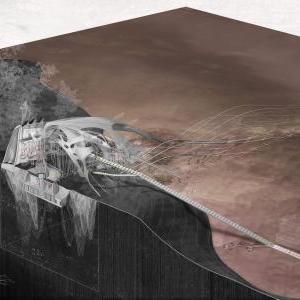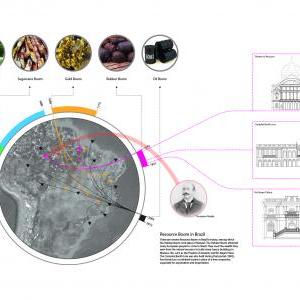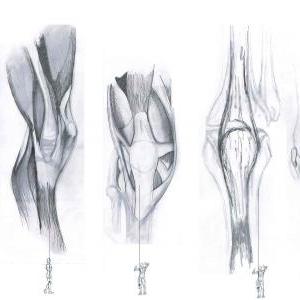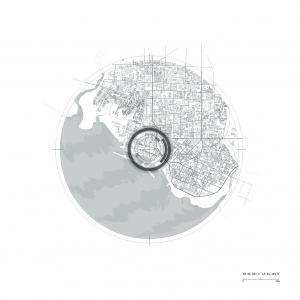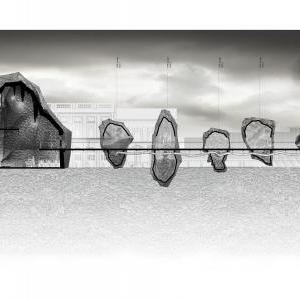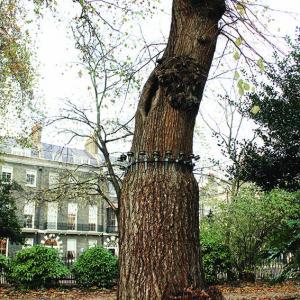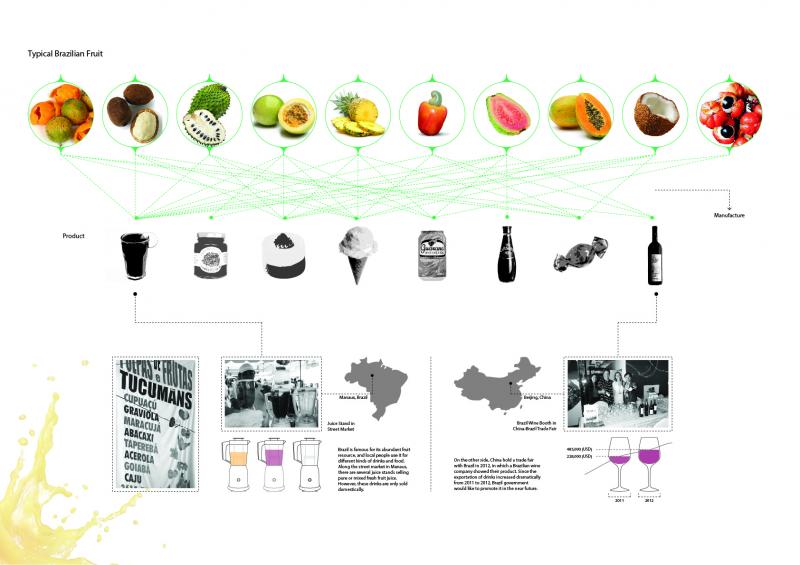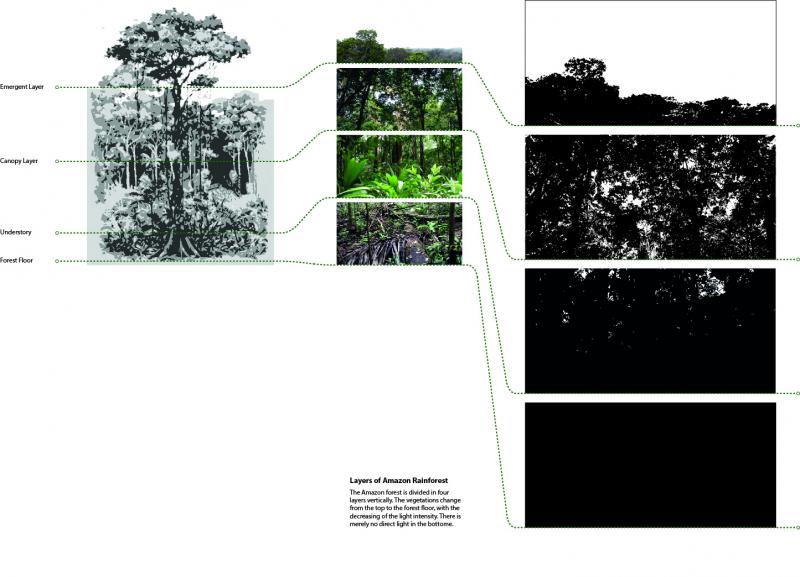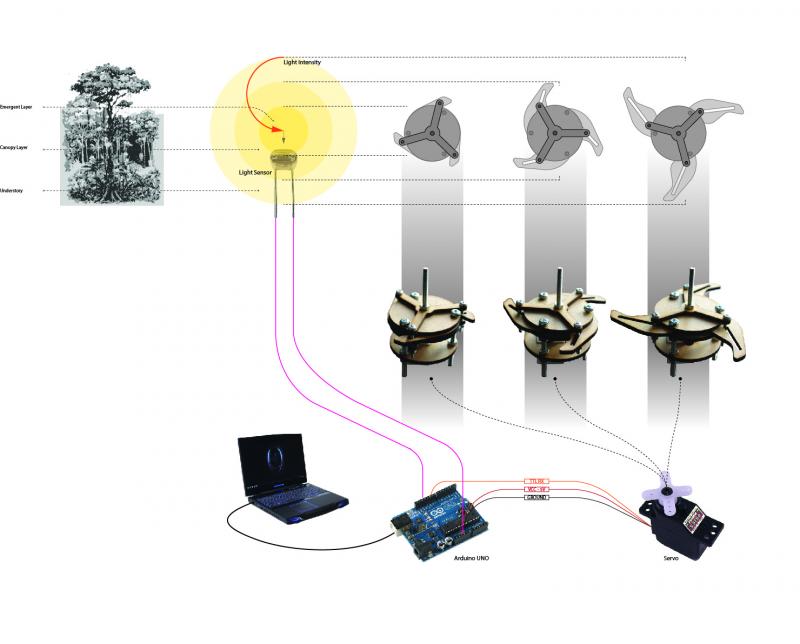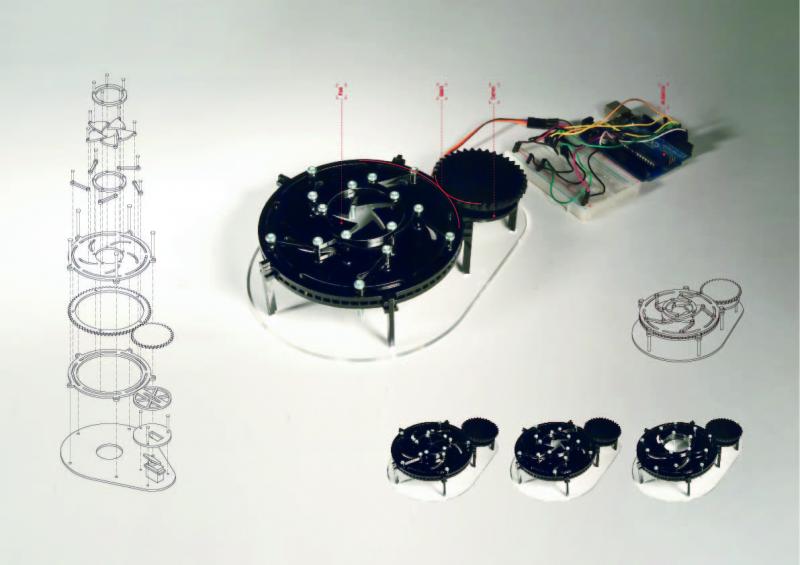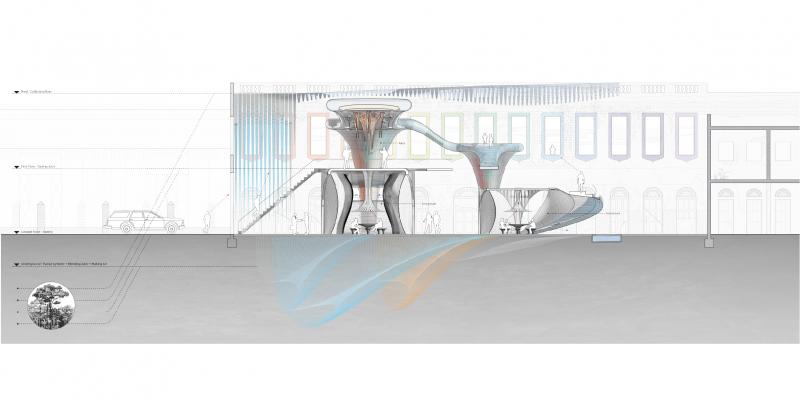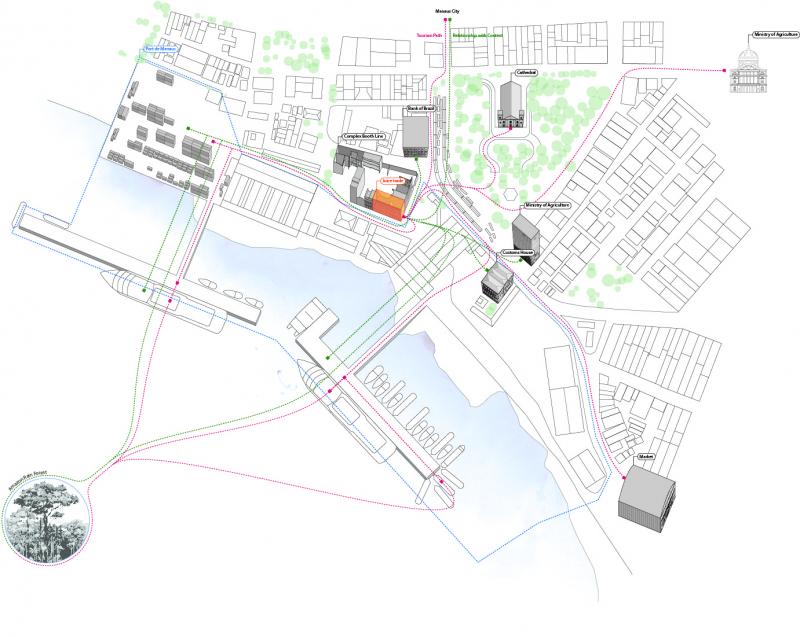Six hours and 30 minutes upriver from Manaus, the capital of the Brazilian state Amazonas, we reach our destination: a once-glamorous town, now abandoned and infested by fire ants. The only inhabitant is a Japanese man. Soap opera blasts from a TV in his hut as he explains how one should unfold a hammock to avoid the ants. At 10pm the power generator shuts off, leaving only darkness and the progressive myth of the Amazon – a populated forest connected by drones and long-distance technology that lives as a dream-resource reservoir for the dream of preservation itself.
In the morning our expedition into this technological environment continues. Moments of an Indian shaman wearing a sleeveless Panasonic t-shirt intertwine alongside tourist-friendly swimming with dolphins and a gigantic river filled with trash. The notion of natural resources and how gate-cities operate is renewed by Manaus’ dedication to religious processions and its belief in Santa as a valued asset.
Inspired by a non-linear view of reality in shamanism and an increase in ADHD patients, Shahaf Blumer designs a clinic in Manaus whose space addresses the notion of psychedelic as a form of treatment. As an alchemist and mad scientist Stefan Jovanovic recreates the call of rain and floods in the Amazon basin. Utilising people as participants he generates a sonic environment that reverberates in the slow burn of an instrumental totem. Alvaro Fernandez fever dreams of beaming the Amazon Theatre broadcast to his ‘Digital Operas of the Amazon’ at the Royal Geographical Society in London. In a desolate ant-infested city northeast of Manaus, Gordon Gn Guanlian designs a blood bank outpost that operates as a node-giving lifeline to humans in need of transfusions.
What is a resource? If the alchemical world operated as proto-science in its confusing clash of obscurantism and truth, would preservation be a proto-environmental phase? A transition stage? A moment of shift? If so, it is necessary to re-search for what the bricks and mortar of this transformational world could become.
Unit Staff
Nannette Jackowski
Ricardo de Ostos
Thanks to our visiting critics
Manuel Jiménez García
Apostolos Despotidis
Chryssanthi Perpatidou
Giles Bruce
Javier Castañón
Mollie Claypool
Oliver Domeisen
Laura Barbi
Kasper Ax
Marianne Mueller
Gian Luca Amadei
Abel Maciel
Roberto Bottazzi
Nate Kolbe
Charles Walker
Alice Labourel
Yael Reisner
CJ Lim
Tyen Masten
Ellie Stathaki
Alex Kaiser
Xin He
Fluid Trade
Manaus witnessed one of the biggest resource booms in the history of Brazil, flourishing in the first half of the 20th century. Today, as one of brick countries in the world, Brazil goes all out to get a place in the international trade. Among the trade partners of Brazil, China share the largest percentage of both importation and exportation. By creating a new boom, the aim of this project is to bring the glory back after decay in this itching and developing city, and also bridge these two kinds of culture.
As the capital of Amazon, Manaus is Famous for its special tropical fruit and the local utilise this to make tasty dessert and drinks. Juice stands can be found along the streets and in the markets. However, there is rare chance to feast these in other countries, with the site highly related to exportation, the program is for juice trade between Brazilian and Chinese. Since these two countries share the same feature as doing trade in a more personal way, this project bridges Brazil and China by creating a journey during the business.
Inspired by the layers of tropical forest, the juice container has a funnel shape and blurs to be a building. Visitors follow the circulation of water which is used to cool the juice. With the study of how landscape changes color, the project explore the effect of color to the city by exposing the juice in a open structure. Blending tourism and business, the project create a new way for trading between different culture.
